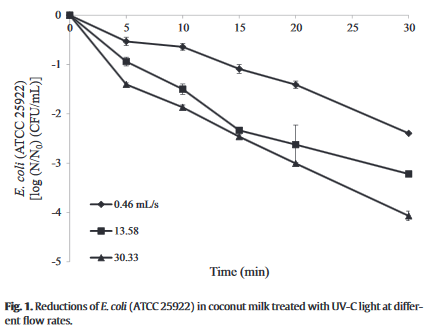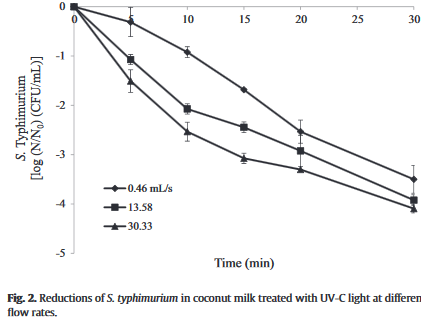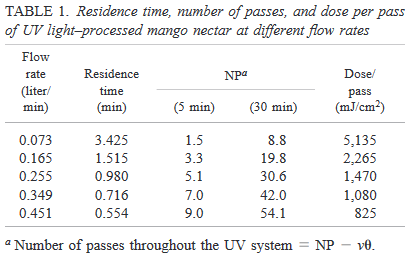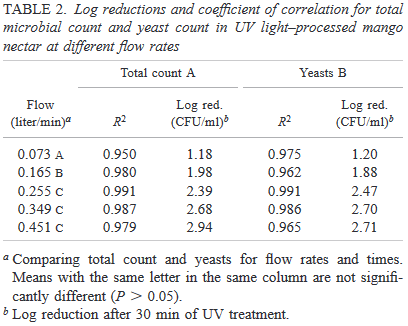As I already stated, perfect adherence to the time-dose reciprocity law isn't required. There are quite a few studies and they don't try to prove or disprove the law. They simply note whether a particular organism or effect and dosing regimen follows the law and to what degree.So you are basing your whole anti low flow high intensity campaign on this?
Thr first thing you wrote states pretty much that the reciprocity law is infact just chance and happenstance. That is a theory not a law and it looks to be pretty conclusive it will remain a theory.
And you are also basing it off 1 single test not what manufacturers, hobbiests, water purification techs, have been actually seeing for years.
In air or water, plastics, corneas. skin, paint, bacteria, protozoa, viruses, algae, and even spiders.
What's important is that UV damage doesn't magically go away when an organism "survives" a single exposure. UV damage is cumulative otherwise plastic wouldn't degrade because the sun goes down every day and people would never get skin cancer. I expect the swimming form of ich to be particularly vulnerable because it's relying on a finite store of energy since it doesn't feed. Energy for repairs means less energy to swim, overcome host defenses, and possibly to reproduce.
I'll also remind you that duanes already posted dosage data on Giardia that was far lower than what AAP claimed was required for protozoa.
Where is the manufacturer data? Did they actually conduct the study themselves? Are they relying on single-pass data?
Hobbyist and technician opinions count for very little compared to a controlled scientific experiment published in a peer reviewed journal. But if you want to play that game I can tell you that I have never had ich in 20+ years. I have supposed ich-magnet clown loaches that are 17 years old and never really QTed. A friend had a bad ich outbreak. I advised UV and it was resolved. Someone on a forum had ich. I advised that he turn on his UV and it worked.
Why do distributors, public aquaria, and zebrafish labs use UV? Maybe they don't think aquarium forums and Facebook groups are a reliable source of information?
Um, the tanks were all in series with the filter at the end so there's no way the filters could prevent ich from spreading between them. Not to mention the control experiments where the filtration remained the same except the bulbs were off... The study had 3 replicates of 40-day duration. Four of the 36 tanks were infected with ich.The test leaves out alot of info (maybe I missed it), but how long was this test run, how many tanks were originally infected with the parasite? Its also possible that the filtration system somehow inhibited the parasite from making it to all of the tanks..
UV is safe for plants, inverts, and fish and can be run indefinitely. Many people have complained about meds or heat killing their fish, even ones that weren't infected with ich. All these stress methods are simply a race to kill ich before you kill your fish. Not so with UV.All I'm saying is qt your livestock so you can treat with meds appropriate to the issue. That way you most likely wont have to worry if a 9w uv sterilizer will kill all the bad stuff you just threw into your 500g tank.
Performance by most treatments methods is pretty dismal with many being worse than the disease:
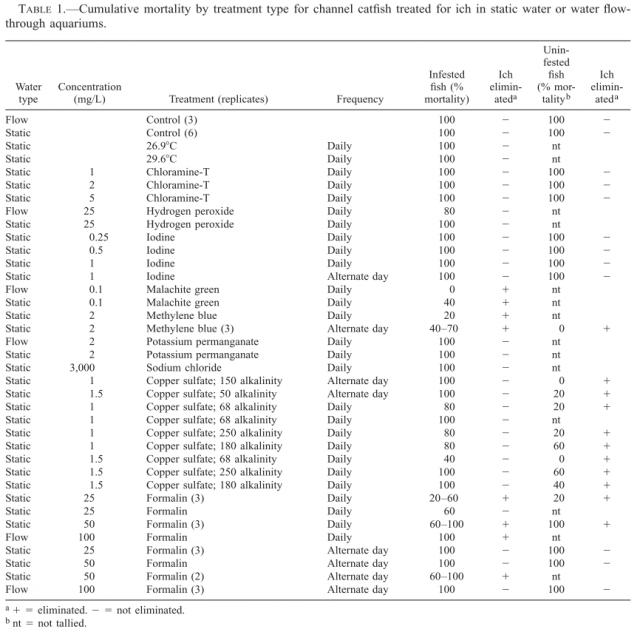

Treatments for Ich Infestations in Channel Catfish Evaluated under Static and Flow-Through Water Conditions
Download Citation | Treatments for Ich Infestations in Channel Catfish Evaluated under Static and Flow-Through Water Conditions | In response to producer reports of poor efficacy using published treatments against Ichthyophthirius multifiliis (ich) infestations of channel... | Find, read and...





